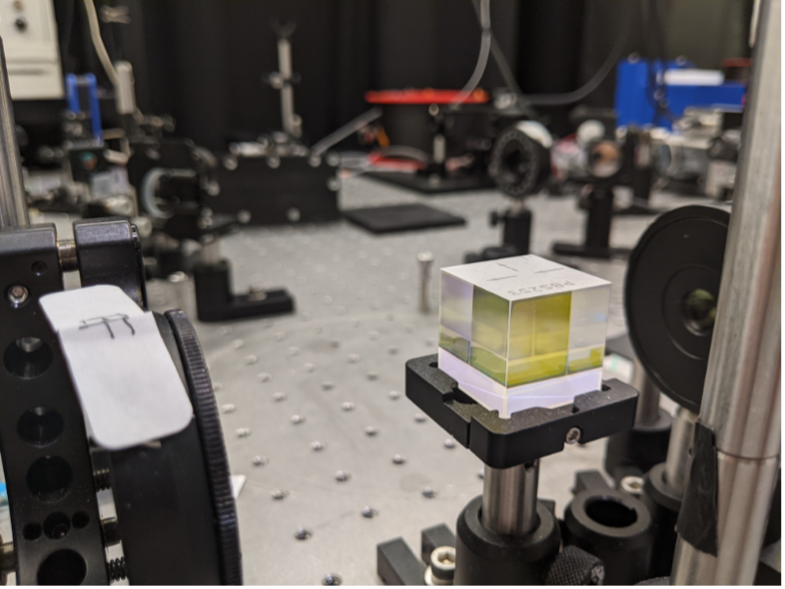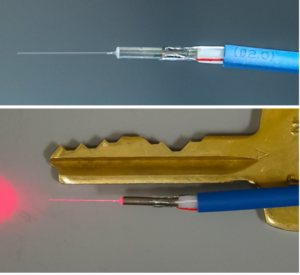|
|
A total of $1,150,000 will be awarded to ten multidisciplinary research teams as part of funding from Scialog: Advancing Bioimaging. This three-year initiative aims to stimulate the development of innovative imaging technologies with the support of Research Corporation for Science Advancement (RSCA), the Chan Zuckerberg Initative (CZI) and Frederick Gardner Cottrell Foundation (FGCF).
Each award will grant $50,000 to cover direct costs of projects led by early-career researchers from varying institutions in the U.S. and Canada.
“The timing of this initiative could not be better,” said Shaun Kirkpatrick, of Research Corporation Technologies’ FGCF. “As we have seen with the COVID pandemic, health care systems are in need of better tools to diagnose disease and inform the care of patients. Advanced imaging holds the potential to generate next-generation tools that can fill the voids in medicine.”
Northeastern’s Spring lab boasts the impressive goal of defeating drug resistance. Under the direction of Dr. Bryan Spring, the group uses optical image-guided photomedicine to target drug-resistant cancer cells. This research, along with Dr. Spring’s previous work at Massachusetts General Hospital and Harvard Medical School has awarded him a Scialog fellowship. Scialog, short for science and dialog, was founded in 2010 by the Research Corporation for Science Advancement (RCSA) organization. The Scialog platform is a collection of early-career scholars from different disciplines and institutions across Canada and the United States.
Dr. Spring was chosen along 55 other researchers to participate in Scialog’s newest initiative: Advanced Bioimaging. The purpose of this program is to provide a space for collaboration to address challenges facing bioimaging in the medical sphere. A large part of the initiative is conferences. At these events, cross-disciplinary teams design research initiatives that they then present to committees of leading scientists which identify high-impact projects to receive funding. Dr. Springer sees this as a welcome challenge: “what draws me is the fun of it, to get people together with disparate perspectives and see what comes out of it.”
|
|
The contributions Dr. Spring’s research brings to the community are tremendous. Currently, the focus of the lab is creating a model that aids the development of novel photomedicine cancer treatments. Certain types of cancers are extremely difficult to detect and can persist in the area from which a tumor is removed. Cancer cells left behind from a tumor can become resistant to traditional chemotherapies and regrow. Dr. Spring’s approach is to figure out what phenotypes these cells are expressing and target them directly with new treatments. This approach is significantly healthier for the patient than traditional chemotherapy. Generally, chemotherapy consists of one drug; clinicians flood the body with as much drug as the body can take, and hope that this kills the cancer cells. This approach, however, has severely damaging effects and can significantly reduce the quality of life of the patient.
|
|
The Spring lab uses antibodies from the patient’s own immune system to target cells. These antibodies are loaded onto a molecule which migrates into the cancerous tissue, which can then be seen with their fluoroscopy imaging technology. If the researchers can see which kind of cells are present in the tumors, they can more directly target them with therapies. This targeted therapy can provide a much less harmful method of treating disease but nevertheless is “really complicated science, a lot of things have to come together for it to work,” according to Dr. Spring. His current work focuses on developing new models of chemo-resistant ovarian cancer.
Bringing this cutting-edge research to Scialog represents a new chapter of collaboration for Dr. Spring. His optimism is evident –“if we do a good job, the confusion will turn into creativity that no one could have thought of alone.” Congratulations to Dr. Bryan Springer and his team for this great achievement




